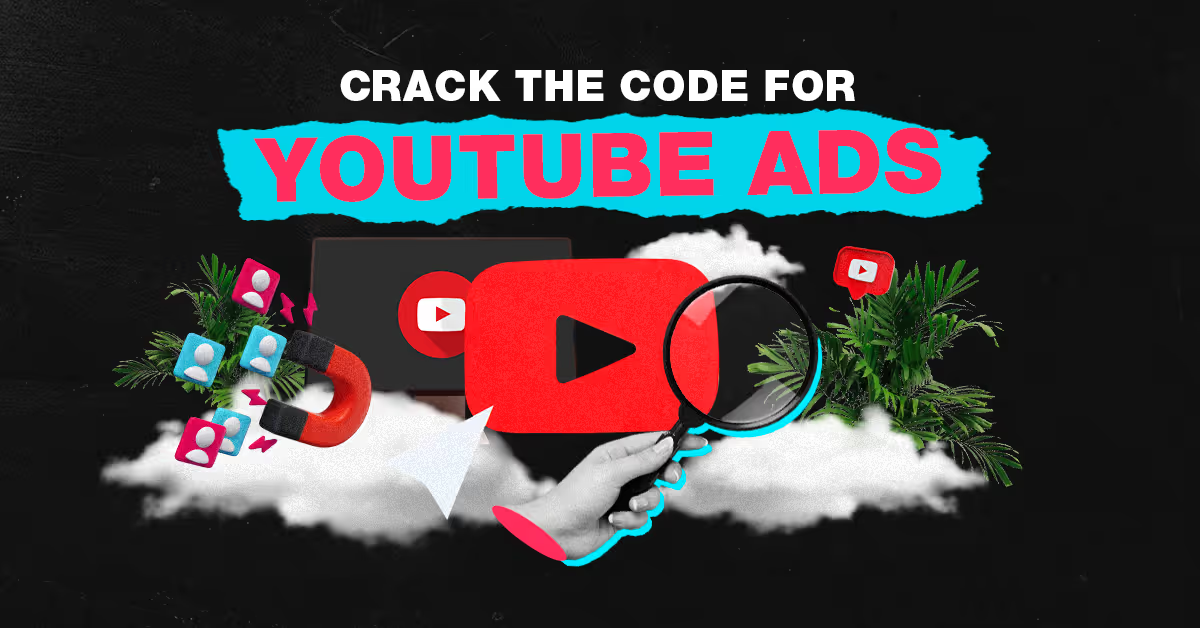
Video content grabs attention. For automotive brands, YouTube offers unmatched opportunities to showcase products in action. As someone who's helped numerous aftermarket parts sellers succeed with digital advertising, I've seen firsthand how the right YouTube strategy turns viewers into customers.
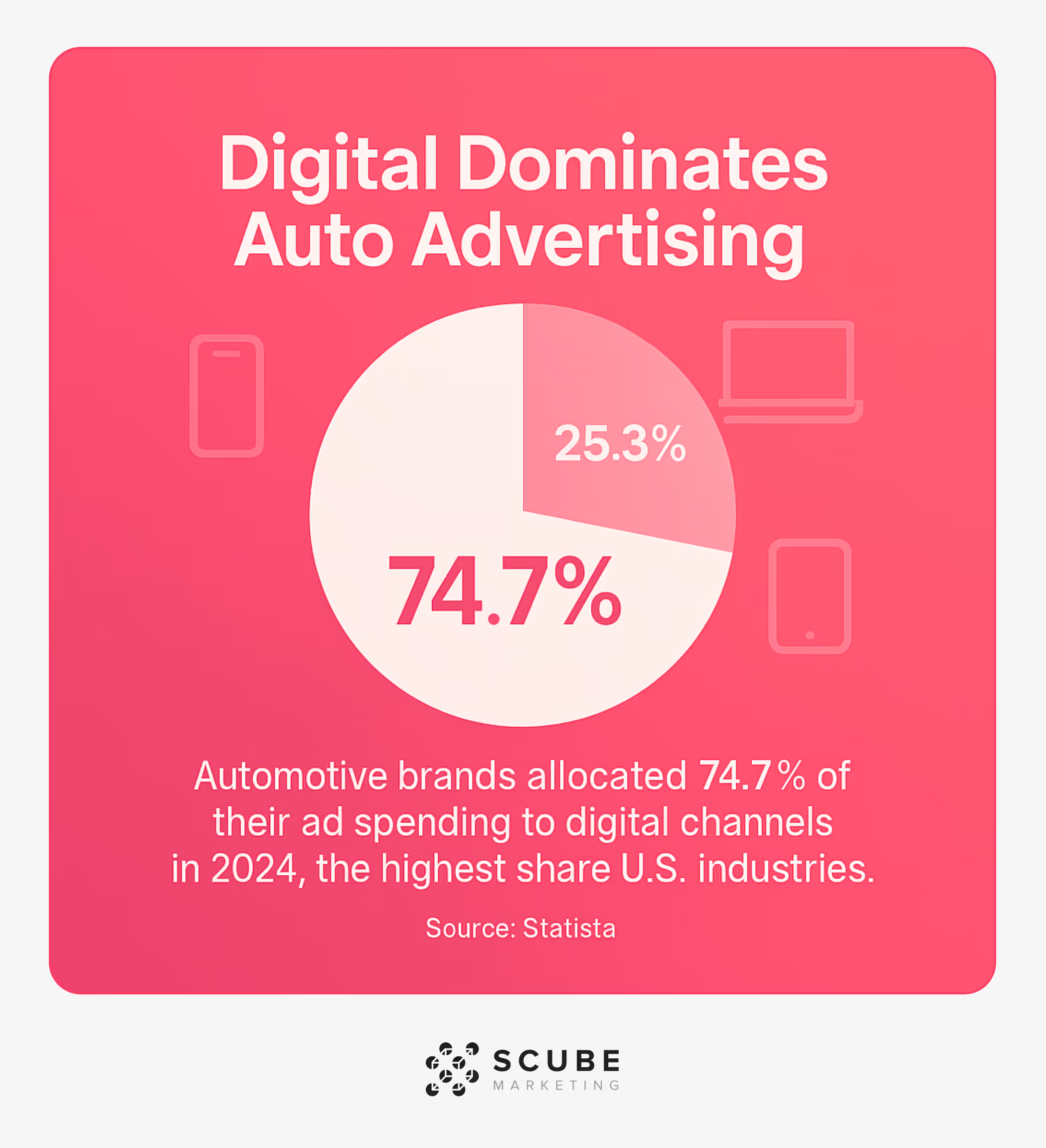
The automotive industry continues to shift more advertising dollars toward digital channels. In fact, automotive brands allocated 74.7% of their ad spending to digital channels in 2024, the highest share among U.S. industries. (Source: Statista)
This guide will help you understand how to create YouTube ads that reach real automotive enthusiasts. We'll cover targeting options, creative best practices, and measurement strategies. Let's build a YouTube strategy that drives results for your automotive brand.
The automotive sector embraces digital advertising. This shift reflects changing consumer behaviors and media consumption patterns. Buyers research extensively online before making purchasing decisions.
Automotive brands allocated 74.7% of ad spending to digital channels in 2024, the highest share among U.S. industries. (Source: Statista)
Digital channels provide unique advantages for automotive parts sellers. They offer precise targeting, detailed analytics, and the ability to showcase products visually. These benefits explain the continued investment growth.
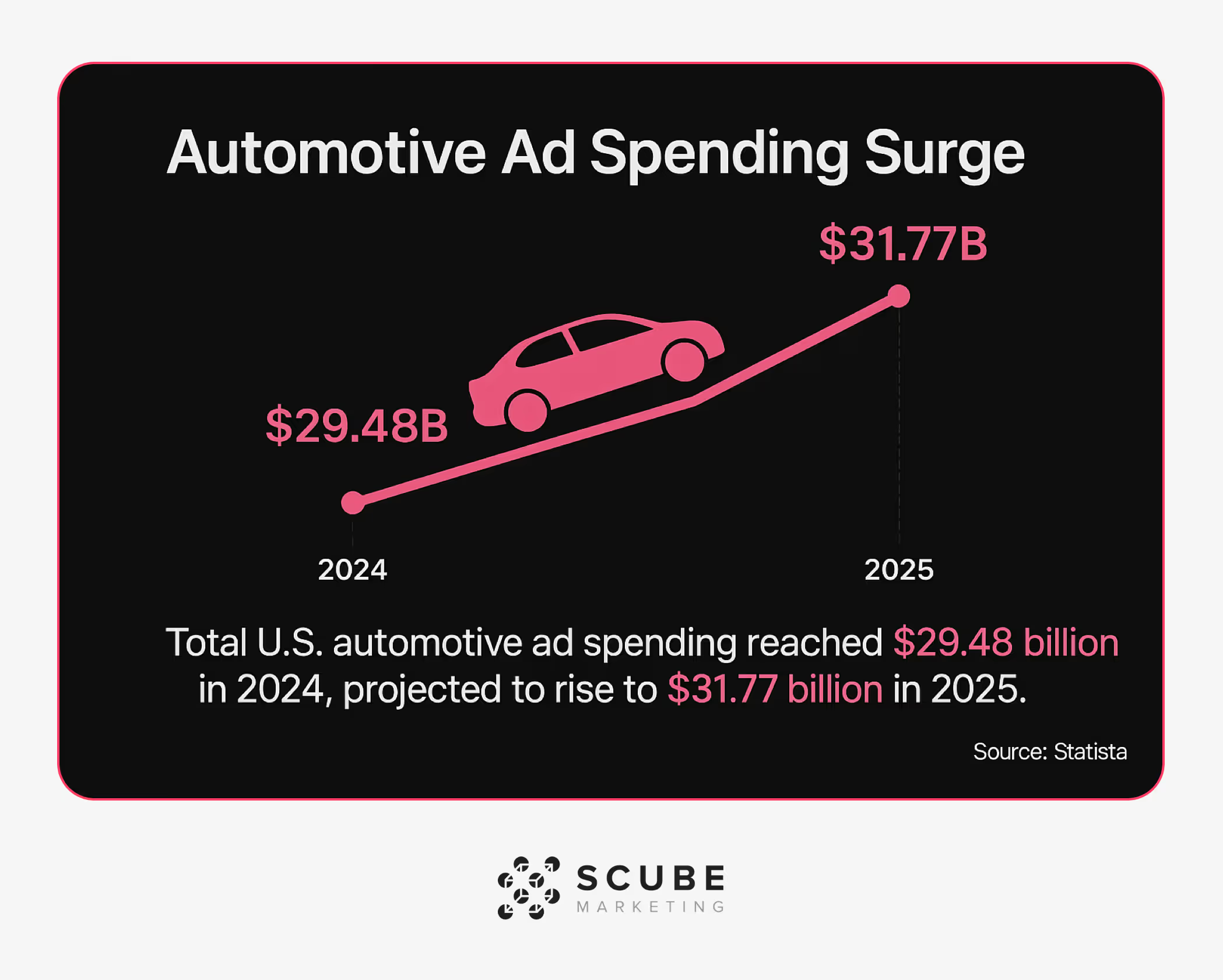
Total U.S. automotive ad spending reached $29.48 billion in 2024, projected to rise to $31.77 billion in 2025. (Source: Statista)
Within this growing digital landscape, video platforms stand out. They provide the visual showcase that automotive products need. YouTube, specifically, offers unmatched reach and targeting capabilities.
The trend toward digital continues to accelerate. U.S. digital advertising (including video) is projected to grow by 9.1% in 2025, down from 13.8% in 2024. (Source: S&P Global)
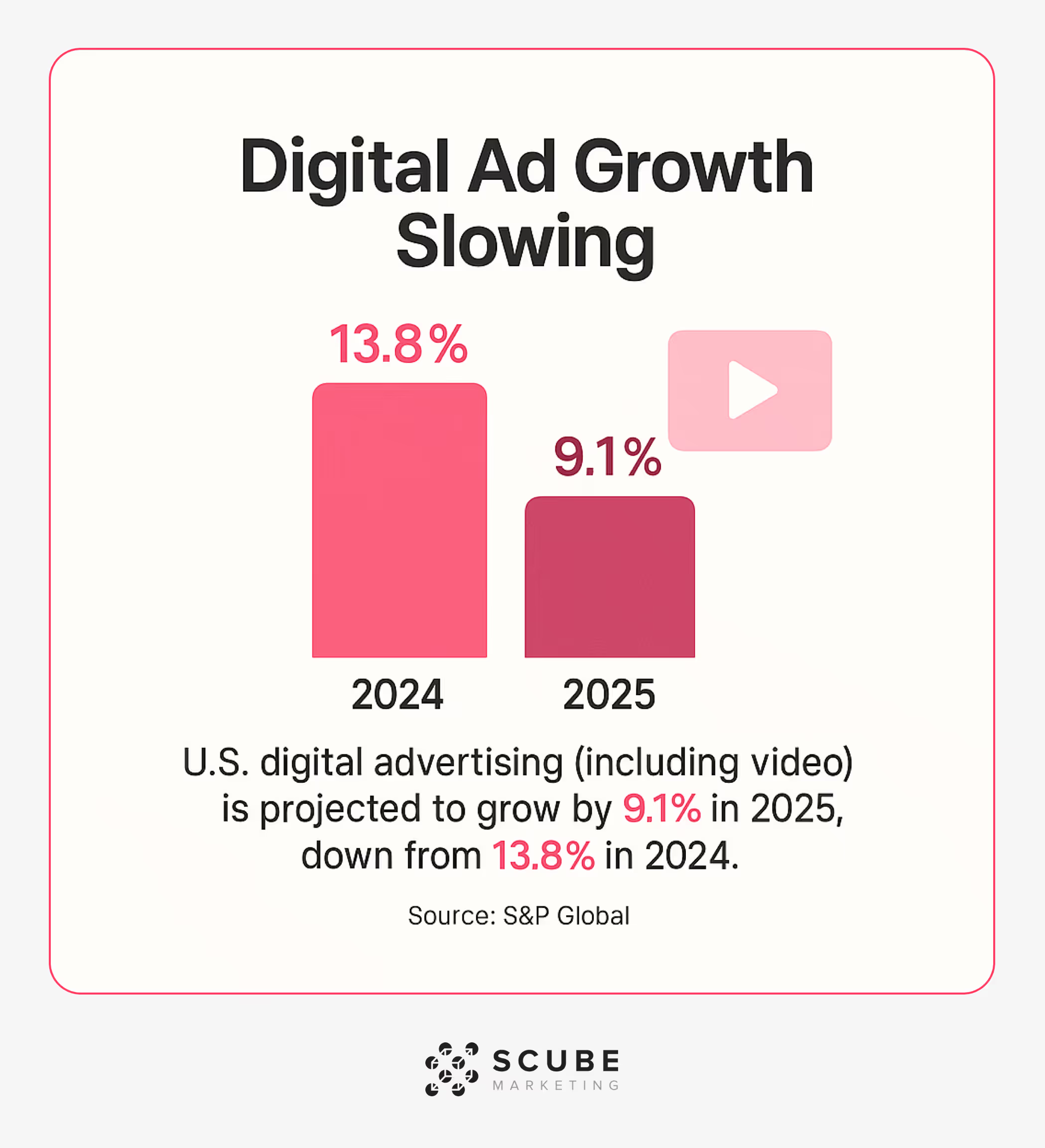
This growth reflects broader shifts in consumer behavior. Automotive enthusiasts spend more time on digital platforms. They research parts, watch installation videos, and seek performance reviews online.
To understand the scale of this opportunity, let's examine how advertising budgets are typically allocated across digital channels for automotive brands:
Video advertising, particularly on YouTube, captures a significant portion of automotive marketing budgets. This allocation makes sense when we consider how automotive products benefit from visual demonstration.
YouTube offers unique advantages for automotive brands. The platform's visual nature perfectly suits products that need to be seen in action. Performance parts, accessories, and tools all benefit from demonstration.
I've found that automotive enthusiasts are especially active on YouTube. They seek out review videos, installation tutorials, and performance demonstrations. This behavior creates natural opportunities for relevant advertising.
Here are the key benefits of YouTube advertising for automotive brands:
The platform's massive scale provides access to virtually any automotive audience segment. From mainstream car owners to niche performance enthusiasts, YouTube reaches them all.
YouTube viewers actively seek automotive content. From DIY repair tutorials to performance parts reviews, this content category maintains strong engagement metrics. The audience isn't just watching—they're actively participating.
For aftermarket parts sellers, this engagement translates to advertising opportunities. When viewers watch installation videos or product reviews, they're often in an active research phase. This creates an ideal context for relevant ads.
Let's examine how different types of automotive content perform on YouTube:
Understanding these content categories helps create more effective targeting strategies. Your ads perform better when they appear alongside relevant content that matches viewer intent.
YouTube offers several ad formats. Each serves different goals and budget considerations. Understanding these options helps you select the right format for your specific objectives.
The platform continues to evolve its advertising options. This evolution creates new opportunities for automotive brands to connect with enthusiasts. Let's explore the most effective formats.
Each YouTube ad format has distinct advantages. For automotive brands, some formats work particularly well for showcasing parts and accessories. Others excel at building broader brand awareness.
I've found that paid social video ads require format-specific optimization strategies. What works in one format often needs adjustment for another. Proper format selection saves both time and budget.
Here's a comprehensive comparison of YouTube ad formats for automotive brands:
This comparison helps match your goals with the appropriate format. For example, if you're launching a new performance part that needs demonstration, TrueView ads provide the necessary time. For broad awareness of a sale or event, bumper ads might be more cost-effective.
Choosing the right format depends on several factors. Your budget, creative assets, and campaign objectives all influence this decision. I recommend testing multiple formats when possible.
For automotive parts sellers, I've found that a mix of formats often yields the best results. Use longer TrueView ads to demonstrate products in detail. Supplement with shorter formats for broader reach and frequency.
What works better for automotive parts: display or search ads? This question applies to YouTube strategy as well. The answer depends on where your customers are in their buying journey.
Targeting makes or breaks YouTube campaigns. For automotive brands, reaching actual enthusiasts rather than general audiences dramatically improves performance. YouTube offers powerful targeting options to find these valuable viewers.
The platform's targeting capabilities continue to evolve. Google's machine learning helps identify viewers with genuine interest in automotive topics. This technology improves campaign efficiency and reduces wasted impressions.
The most effective targeting strategies for automotive brands include:
Combining these targeting methods creates layered audience segments. This approach balances reach with relevance. It ensures your ads reach viewers with genuine automotive interests.
The automotive aftermarket contains numerous specialized niches. From performance parts to restoration supplies, each segment has unique customer characteristics. YouTube allows you to target these specific groups.
I've helped clients use our retargeting matrix approach to create highly specific audience segments. This strategy combines multiple targeting signals to find ideal customers with purchase intent.
Let's compare targeting approaches for different automotive aftermarket segments:
This targeting comparison demonstrates how different automotive niches require specialized approaches. The right targeting combination connects your ads with viewers who have genuine interest and purchase potential.
Creative quality drives YouTube ad performance. Automotive brands need compelling visuals and clear messaging to stand out. The platform's visual nature rewards high-quality production and strategic storytelling.
I've found that automotive enthusiasts respond to authenticity. They can spot generic marketing from miles away. The most effective ads speak directly to the enthusiast mindset and demonstrate genuine product understanding.
Here are the essential elements of effective automotive YouTube ads:
These elements form the foundation of high-performing automotive ads. Each element should be tailored to your specific product and audience segment. Generic approaches simply don't perform as well.
Certain creative approaches consistently outperform others in automotive advertising. From my experience helping aftermarket parts sellers, I've identified several patterns that drive engagement and conversion.
Video length requires careful consideration. Different products and campaign objectives need different runtimes. The complexity of your product and its purchase consideration time should guide your length decisions.
Here's a breakdown of creative elements that drive performance in automotive YouTube ads:
These creative best practices significantly impact campaign performance. Even small adjustments to these elements can yield measurable improvements in engagement and conversion metrics.
Measurement reveals what's working. For automotive brands on YouTube, tracking the right metrics guides optimization decisions. Different campaign objectives require different measurement approaches.
The platform provides robust analytics tools. These tools help connect video engagement to actual business outcomes. Understanding these connections improves both campaign performance and budget efficiency.
Key performance indicators for automotive YouTube campaigns include:
These metrics provide performance insights at different campaign stages. Some measure awareness and interest, while others track actual purchase behavior. A balanced measurement approach considers metrics across the entire customer journey.
Attribution connects ad exposure to actual purchases. For automotive parts with longer consideration cycles, multi-touch attribution models often provide the most accurate picture. These models credit multiple interactions along the purchase path.
I recommend using data-driven bidding strategies based on accurate attribution models for optimal budget allocation. This approach ensures you're investing in the touchpoints that truly drive conversions.
Let's compare performance metrics across different types of automotive YouTube campaigns:
This performance comparison shows how measurement priorities shift based on campaign objectives. Brand awareness campaigns focus on viewership metrics, while direct response campaigns prioritize conversion metrics.
Budget decisions determine campaign scale. For automotive brands, strategic allocation across campaigns and ad formats maximizes return on investment. Data-driven budgeting improves both efficiency and results.
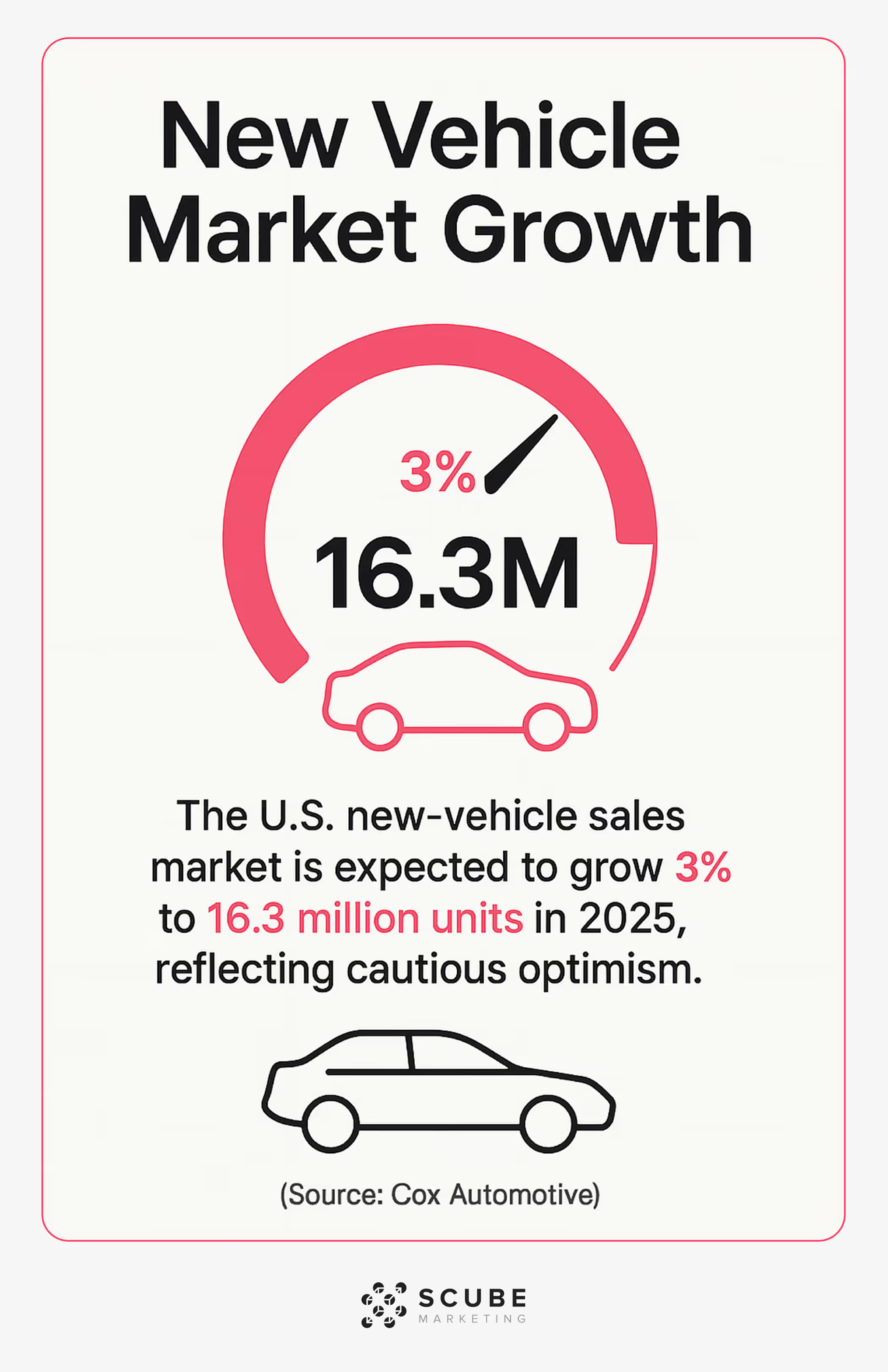
The U.S. new-vehicle sales market is expected to grow 3% to 16.3 million units in 2025, reflecting cautious optimism.
This growth creates opportunities for aftermarket parts sellers. As more new vehicles enter the market, the potential customer base expands. Budget allocation should reflect these market dynamics.
Optimizing YouTube ad budgets requires both art and science. The platform's auction-based system rewards relevance and engagement. Better ads often achieve lower costs and higher performance.
For automotive brands with seasonal demand patterns, I recommend adjusting budgets to match seasonal buying patterns. This approach aligns spending with periods of highest potential return.
Let's examine budget optimization strategies for different automotive campaign objectives:
These budget strategies align spending with specific business objectives. The right approach depends on your business goals, product lifecycle stage, and competitive environment.
The automotive advertising landscape continues to evolve. Emerging technologies and changing consumer behaviors create new opportunities. Staying ahead of these trends provides competitive advantage.
Several key trends will shape automotive YouTube advertising in the coming years. These developments will influence both creative approaches and targeting capabilities. Brands that adapt quickly will gain market advantage.
Technology drives advertising innovation. For automotive brands on YouTube, several emerging technologies offer exciting possibilities. These technologies enhance both targeting precision and creative impact.
Understanding how online customer behavior is evolving in 2025 helps anticipate these changes. Viewer expectations and consumption patterns continue to shift, requiring adaptive strategies.
Here are the key emerging trends in automotive YouTube advertising:
These trends represent both opportunities and challenges for automotive brands. Early adoption of compatible technologies can provide competitive advantages. However, implementation should align with actual customer needs rather than simply chasing innovation.
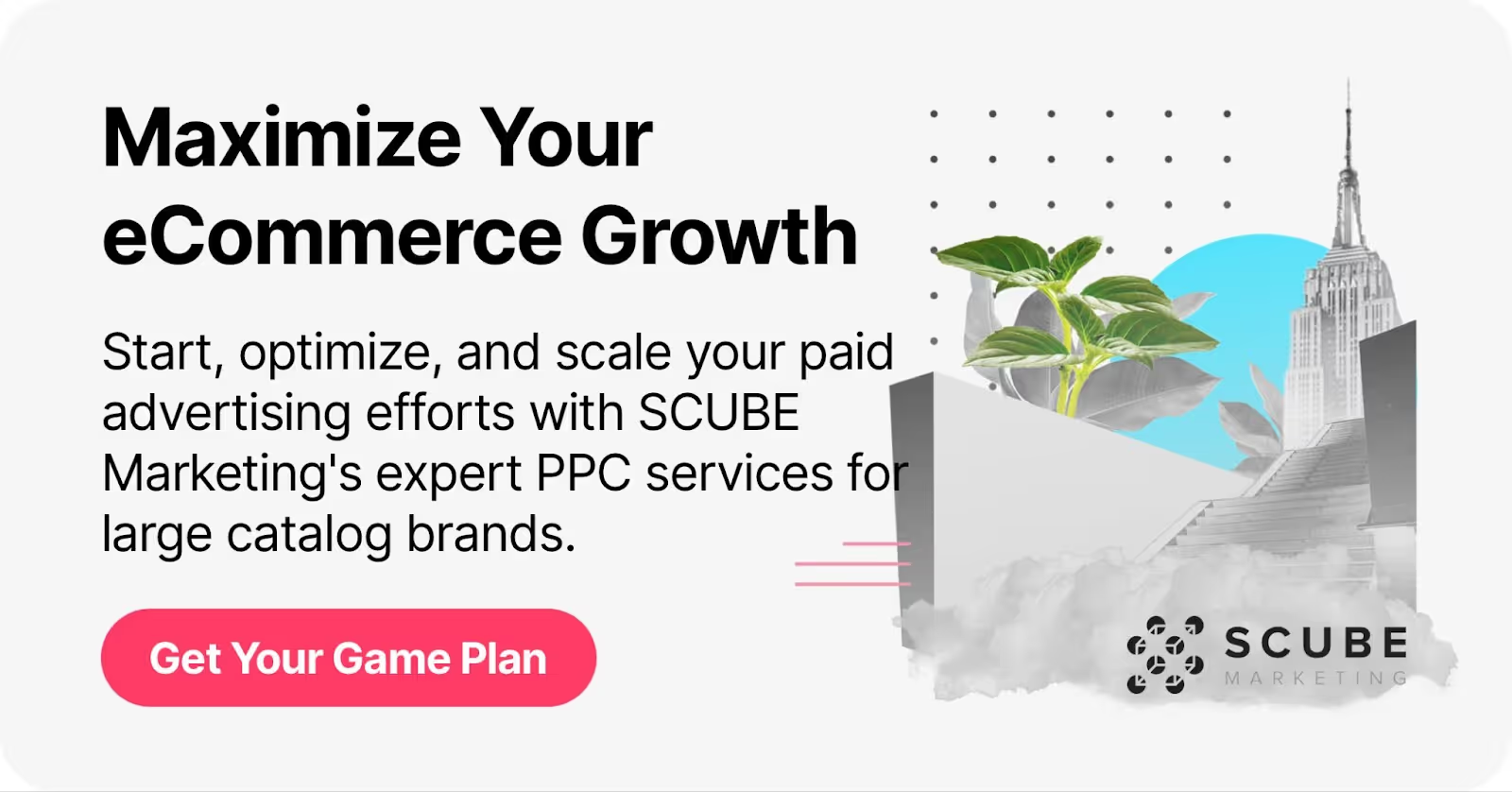
YouTube offers powerful opportunities for automotive brands. The platform's visual nature, targeting capabilities, and measurement tools create an ideal advertising environment. Strategic implementation drives both brand awareness and sales results.
Throughout this guide, we've covered targeting approaches, creative best practices, measurement strategies, and budget optimization. These elements form a comprehensive YouTube strategy for automotive brands.
The key implementation steps include:
Remember that YouTube advertising requires ongoing optimization. The platform, audience behaviors, and competitive landscape all evolve continuously. Regular testing and refinement maintain performance over time.
For automotive brands, particularly aftermarket parts sellers, YouTube represents a tremendous opportunity. The platform's ability to demonstrate products visually while targeting enthusiast audiences creates an ideal marketing environment. With the strategies outlined in this guide, you're well-equipped to create campaigns that drive real business results.